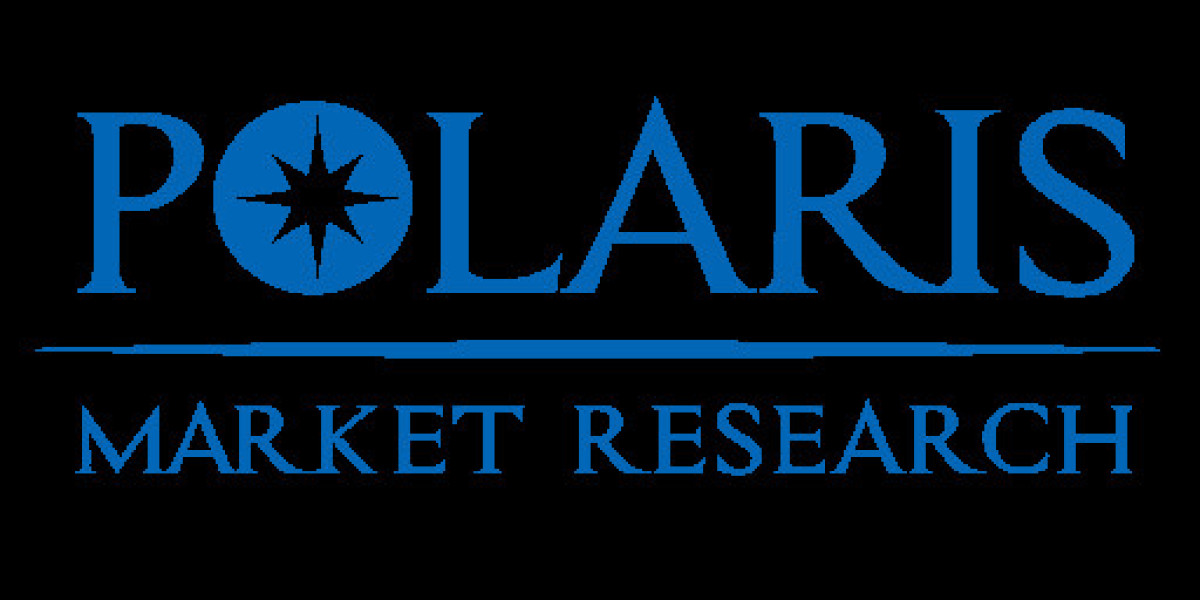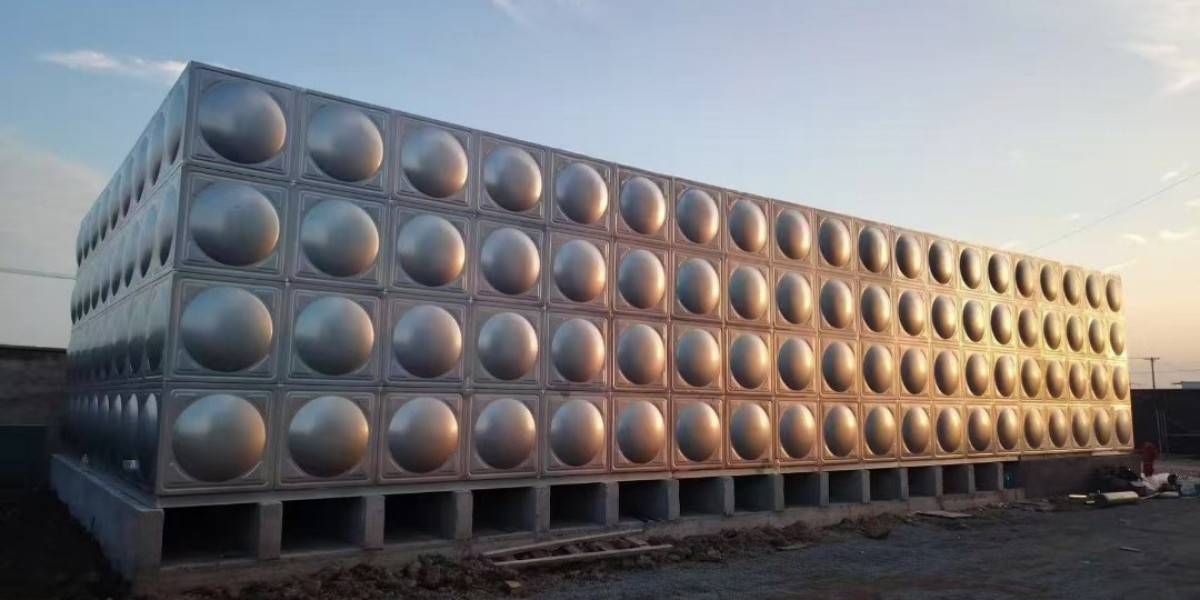The global fresh food packaging market continues to demonstrate steady expansion, reflecting broader shifts in retail formats, consumer behaviour and supply-chain resilience. The global fresh food packaging market size was valued at USD 93.68 billion in 2024, growing at a CAGR of 4.1% from 2025 to 2034. In this context, the demand for packaging designed for perishables — including fruits, vegetables, meat, seafood and dairy — is being driven by higher consumption of fresh produce, rising e-commerce penetration in food retail and increasing regulatory emphasis on food-safety and shelf-life protection. Globally, packagers of fresh food are investing in technologies such as modified atmosphere packaging (MAP), active barrier films and recyclable or compostable materials to meet these requirements, while also responding to tightening legislation around packaging waste and single-use plastics. The result is a market where material innovation, logistics integration and sustainability credentials are becoming ever more critical.
From a regional perspective, differences in infrastructure, regulation and consumption dynamics are shaping markedly distinct growth pathways. In North America, the mature retail ecosystems, high level of e-grocery transactions and consumer demand for convenience are clear growth levers. Here, the United States and Canada place strong emphasis on sustainable packaging formats, and retailers are increasingly looking for packaging that can support ready-to-eat fresh meals, smaller portions and tamper-evident formats. At the same time, raw material cost volatility — particularly petrochemical inputs for plastics — and regulatory uncertainty over single-use plastics are acting as restraining factors in this region. Trade dynamics also intervene, as long-haul imports of fresh produce from Latin America demand packaging solutions designed for extended shelf-life across cold-chain transit and retail display.
In Europe, the market environment is shaped heavily by the Packaging and Packaging Waste Directive (PPWD) under the European Union, which mandates that packaging be reusable or recyclable in an economically viable way by 2030. Such regulatory impetus is driving packagers to adopt bio-based polymers, compostable trays and mono-material films in fresh food packaging. At the same time, Europe’s high consumer awareness of food quality, sustainability and food-waste reduction is further boosting demand for advanced packaging solutions. Yet the fragmentation of regulations across member states, the higher compliance cost of novel materials and the need to reconcile export-packaging standards for intra-EU and extra-EU trade represent structural constraints.
Meanwhile the Asia Pacific region is rapidly emerging as a key battleground for fresh-food packaging growth. Urbanisation, rising disposable incomes and the shift from traditional wet markets to organised retail formats in countries such as China, India and Southeast Asia are creating substantial demand. Many developing economies in the region face cold-chain infrastructure constraints, which in turn elevate the importance of packaging solutions that extend shelf-life, maintain hygiene and preserve freshness during transport and retail. On the flip side, raw-material price fluctuations (particularly polymers and barrier films), variable regulatory frameworks across countries and lower recycling-infrastructure maturity temper growth pace. Trade flows — for example export of tropical produce to regional hubs or imports for modern retail formats — create pockets of demand for export-quality fresh-food packaging formats tailored to long-haul transit.
Read More @ https://www.polarismarketresearch.com/industry-analysis/fresh-food-packaging-market
From a drivers, restraints, opportunities and trends (DROS) perspective, several core themes underline the global fresh-food packaging space. Key drivers include rising consumer demand for fresh, minimally processed foods and the growth of e-commerce grocery channels which elevate the need for packaging formats that preserve freshness, reduce spoilage and enable safe last-mile delivery. Packaging innovation is underpinned by technologies such as MAP, vacuum-skin systems and active packaging solutions that help maintain product quality even in extended supply chains. On the other hand, restraints are prominent and multifaceted: escalating costs of feedstock plastics, regulatory headwinds around single-use plastics and recycled-content mandates, and in emerging markets, underdeveloped recycling or collection infrastructure hamper the adoption of packaging with sustainability credentials. Yet in terms of opportunities, there is significant runway: developed markets such as North America and Europe are shifting toward bio-based, compostable or fully recyclable fresh-food packaging — offering material suppliers and converters a clear value proposition.
In emerging markets, conversion of traditional bulk fresh-produce packaging into retail-ready, hygiene-conscious formats presents meaningful scope, especially aligned to organised retail growth and modern distribution. Smart packaging technologies — freshness indicators, QR-code traceability, sensor-enabled bags — also represent growth vectors across regions. Trend-wise, sustainability is front and centre: the journey toward circular economy packaging is shaping material choices globally, while in Asia Pacific the rise of fresh-food e-commerce (and associated home-delivery formats) is influencing pack design toward smaller-format, convenient, portable and high-visibility packs. In North America, the proliferation of ready-to-eat fresh meals and grab-and-go items is altering pack mix and driving demand for high-barrier flexible films and resealable formats.
Examining the regional nuances: North America’s regulatory environment is relatively stable but evolving with heightened focus on food-contact materials, consumer transparency and sustainability. The long-distance nature of many fresh-produce flows into the region places packaging under pressure to preserve quality across transit and retail display. Europe’s regulatory environment exerts more proactive influence: mandatory recyclability targets, deposit-return schemes and national packaging-waste laws force packaging designers to embed end-of-life considerations at the design stage. Asia Pacific markets present a more heterogeneous picture: infrastructure gaps (cold-chain, transport, recycling) and variable enforcement of packaging-waste rules pose headwinds, but the scale of retail modernisation, growth of fresh-food consumption and increasing consumer expectation of hygiene and convenience make this region a compelling growth engine. Trade and export dynamics also matter: for instance fresh-fruit exporters in Southeast Asia need packaging that can handle multi-day transit to regional hubs or overseas, which in turn drives demand for advanced barrier and MAP solutions.
In summary, the global fresh-food packaging market is poised for measured growth, anchored in demographic shifts, retail evolution, regulatory pressure and material innovation. The competitive landscape remains concentrated and dominated by players with scale, material-science capability and geographic reach. Major companies holding significant market share include:
- Amcor plc
- Sealed Air Corporation
- Tetra Pak International S.A.
- Smurfit Kappa Group
- WestRock Company
More Trending Latest Reports By Polaris Market Research:
Sustainable Manufacturing Market
U.S. Point Of Care Lipid Test Market
Temperature Controlled Packaging Market
U.S. Dental Consumables Market
https://www.fnbnews.com/Top-News/halal-food-market-size-worth-681718-bn-by-2034-cagr-94-82607







